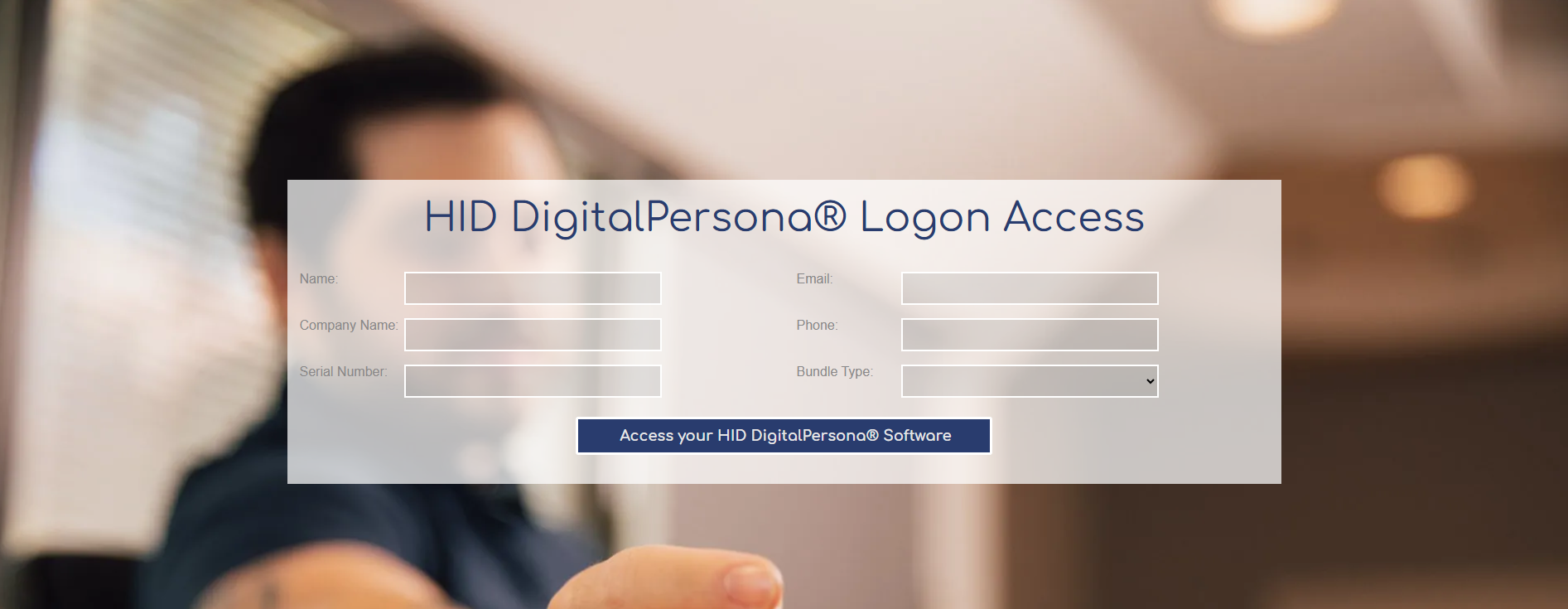

Four Access Acronyms You Should Know
Cybercriminals are always hiding in plain sight. They view stealing a password as equivalent to stealing candy from a child. Only 67% of businesses have password policies and shockingly just 34% of businesses enforce their policies.
Switching to a password-free environment may seem difficult and hard, but tested systems are cost-effective and frequently just require an expansion of your present digital investments. This makes it simple to alter access across your organizational landscape as needed. Learning and implementing these four acronyms will equip you with the tools and tech you need to keep sensitive information secure.

The coordination of all four assures maximum security and user convenience:
SSO Single sign-on is a straightforward, effective access technique. It enables users to log in only once, at the beginning of a work session, using a master credential that is stored in a smart card, smartphone, token, tag, or wearable. Then, as they move throughout the day, this access follows them and authenticates itself in the background. Employee productivity is high. Data is protected.
MFA Multi-factor authentication is a common practice nowadays: In order to gain access to a website, system, or database, more than one login element must be present. For instance, a user may be required to provide two or more pieces of "evidence" to support their identity, such as their username and a one-time code sent through text message or email, or their fingerprint or face recognition. When implemented properly, MFA strikes a balance between security, usability, and encryption, providing a quick and easy sign-on process for all users.
FIDO
Fast Identity Online is the global standard for password-free sign-ins adopted by some of the greatest online corporations in the world, including Amazon, Apple, Google, Mastercard, and VISA. Online users can verify their identity without using passwords thanks to this system, which functions like a lock and key. FIDO is a crucial component of the layered security strategy. Tx Systems has years of experience helping customers secure their data and identity through FIDO.
RFID One of our favorite abbreviations is RFID, which powers many of Tx Systems' innovative access and authentication technologies. RFID, or radio frequency identification, offers secure end-to-end encryption and is now in use everywhere we look. We use it to pay at registers and to enter buildings (for instance, when we hold our phones over an RFID reader or tap a card against one). Parking garages, EV charging stations, smart lockers, elevators, secure print, vending machines, and more already use it, and new use cases are constantly being added as people figure out how to connect us more securely to the digital objects around us.
Our team at Tx Systems has expert knowledge of all four of these access acronyms. We care deeply about helping others prevent attacks that could wildly damage organizations and inhibit their ability to function. It is important that businesses of all sizes are secure. At the very least, we recommend implementing MFA to ensure that access is only granted to those it should be. MFA can be achieved through FIDO, SSO, or a plethora of our RFID-enabled solutions.
For more information on SSO and Tx Systems
For more information on
MFA and Tx Systems
For more on
FIDO and Tx Systems
For more on RFID and Tx Systems



